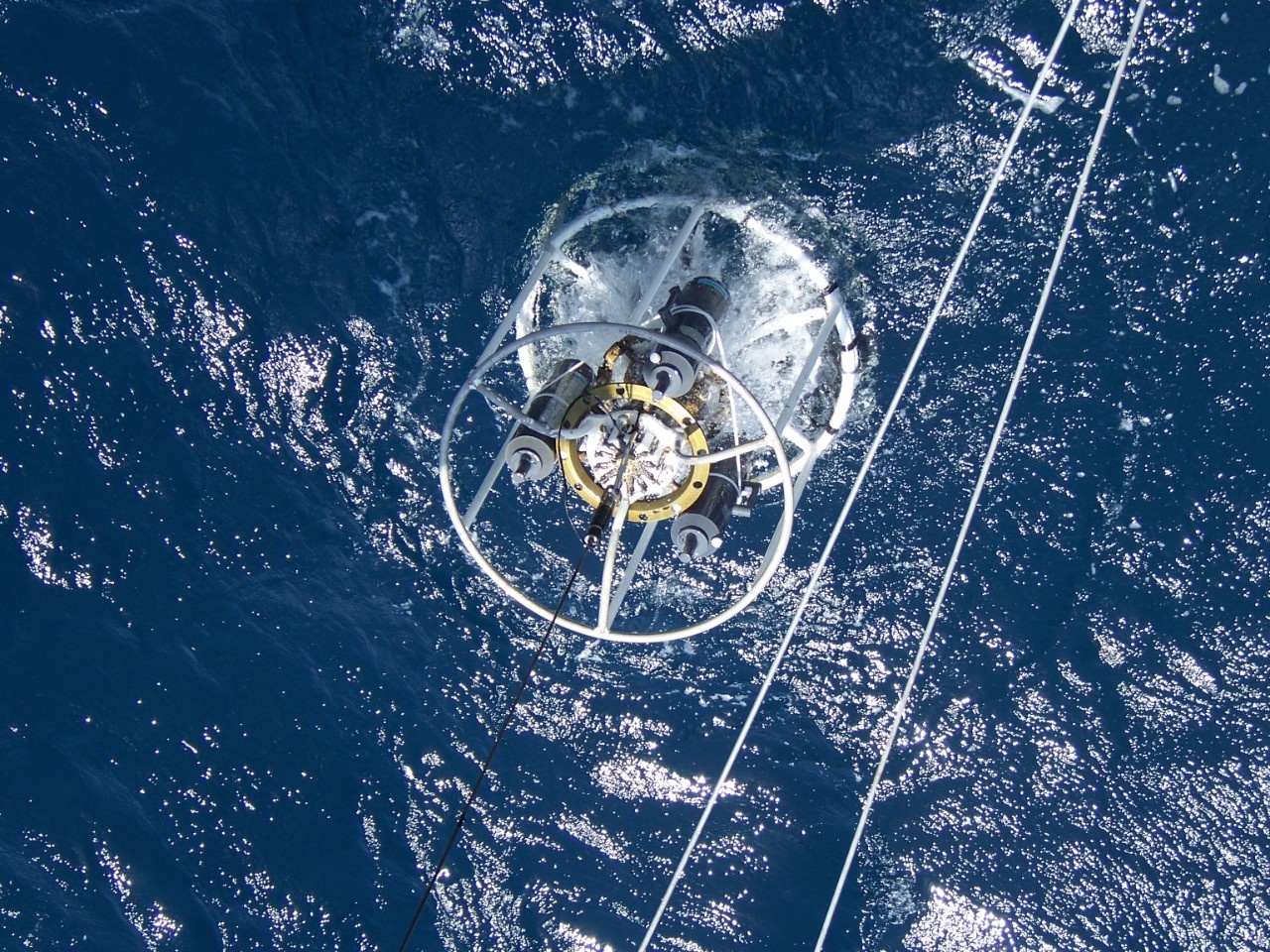The Microbiome of Fish, Invertebrates and Seaweeds
Ìý
In direct analogy with the findings of the human microbiome research, we expect that the community structure of the fish microbiome must have a large impact on fish health and growth through the efficiency of nutrient conversion and the contribution of certain groups of microbes to the fish immunity. Less than 10 years after the initiation of the human microbiome program, many of the breakthrough discoveries have already led to potential therapies that are now entering clinical trials. The potential benefits to the aquaculture industry are enormous in this area and may lead to the development of probiotic supplements, more efficient food utilization and modulation of the immune system. Second, the environmental microbiome plays a critical role in the recycling of fish metabolic waste products in the sediments and the water column.
Very little information is available in terms of the coastal ecosystem where the aquaculture farms are deployed. Characterizing the microbiome along gradients in coastal areas with fish farms to unperturbed areas could lead to an optimization of the whole ecosystem, including site selection and waste recycling strategies. As a specific example, the high risk of hydrogen sulfide production from the heavy load of organic detritus originating from the fish farm is a concern for the aquaculture industry. Two groups of microbes are responsible for the production and degradation of hydrogen sulfide and a characterization of the functional diversity of these groups will provide some information on how to promote degradation versus production of the poisonous hydrogen sulfide gas. Similar reasoning and applications derived from a detailed knowledge of the microbiome can be transferred to problems of microbially-induced corrosion of gas pipelines and offshore oil platforms with the view to assess and potentially mitigate the risks.Ìý
